

Baby Crib Safety Standards – Complete Guide for First-Time Parents
5 minute read
September 9, 2025
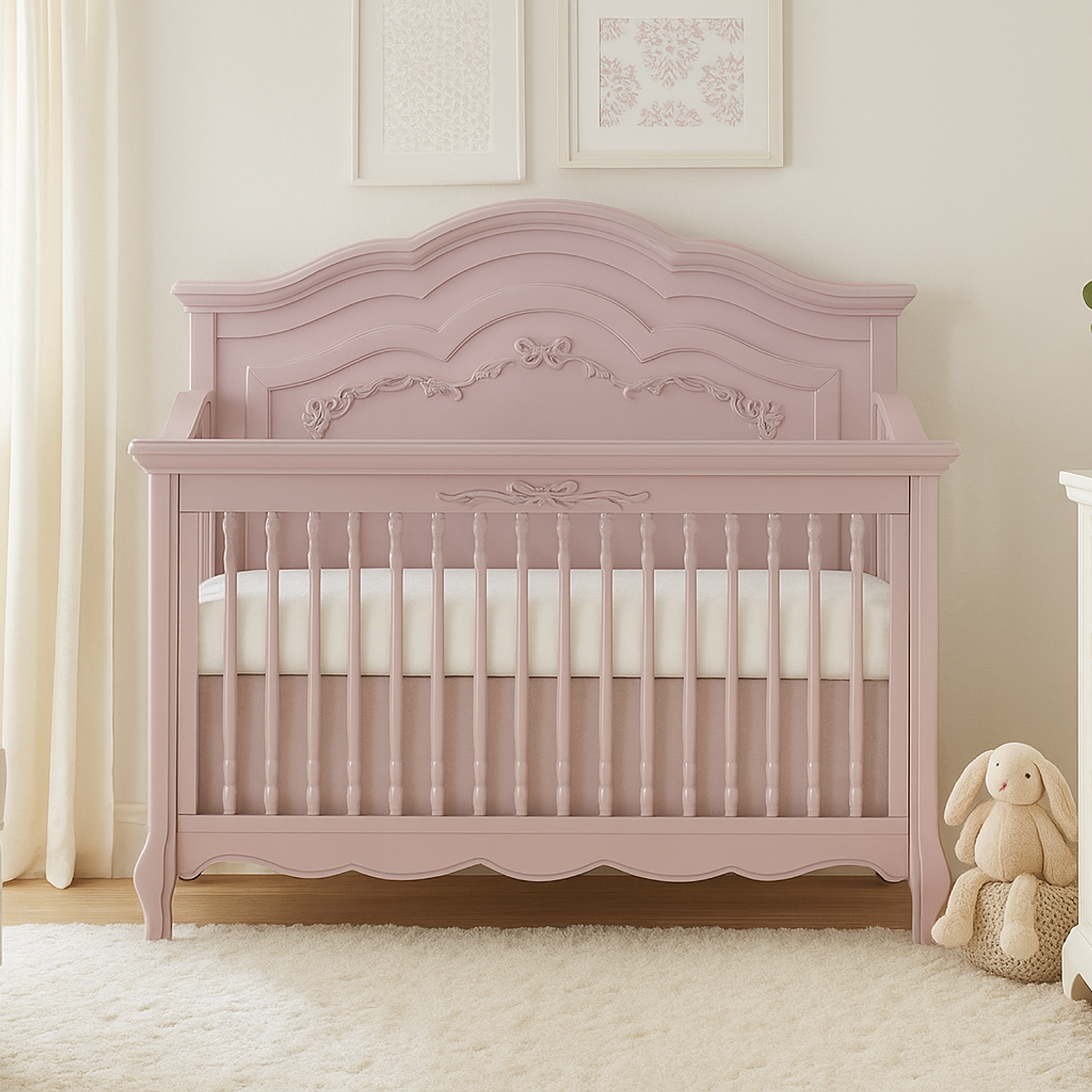
Baby Crib Safety Standards – Complete Guide for First-Time Parents
While most parents begin their search for the perfect crib based on budget, design, and nursery theme, crib safety must always take priority. Cribs are one of the safest sleeping environments for babies who have outgrown bassinets or co-sleepers.
Choosing the right crib involves more than aesthetics - it requires careful evaluation of certifications, materials, and construction. Questions like “What slat width is safe?” or “Which crib shape is ideal?” are critical to answer before purchase.
Why Crib and Sleep Safety Is Important
Selecting a safe crib protects your baby from SIDS, entrapment, strangulation, choking, and suffocation. A well-constructed crib with no loose fittings or sharp edges is essential.
But crib safety doesn’t stop at the crib itself. Unsafe mattresses, loose bedding, toys in the crib, or incorrect sleeping positions can turn even the safest crib into a hazard.
Our top picks:
- Dream On Me Violet 7-in-1 Convertible Crib – Classic design with stationary sides and multiple mattress levels.
- Evolur Aurora 5-in-1 Convertible Crib – Solid wood construction with a non-toxic finish, convertible to toddler bed and daybed.
How to Choose a Safe Crib
Here are the crucial features to consider:
1. Stationary Sides
Avoid cribs with movable sides; stationary sides prevent climbing or falling hazards.
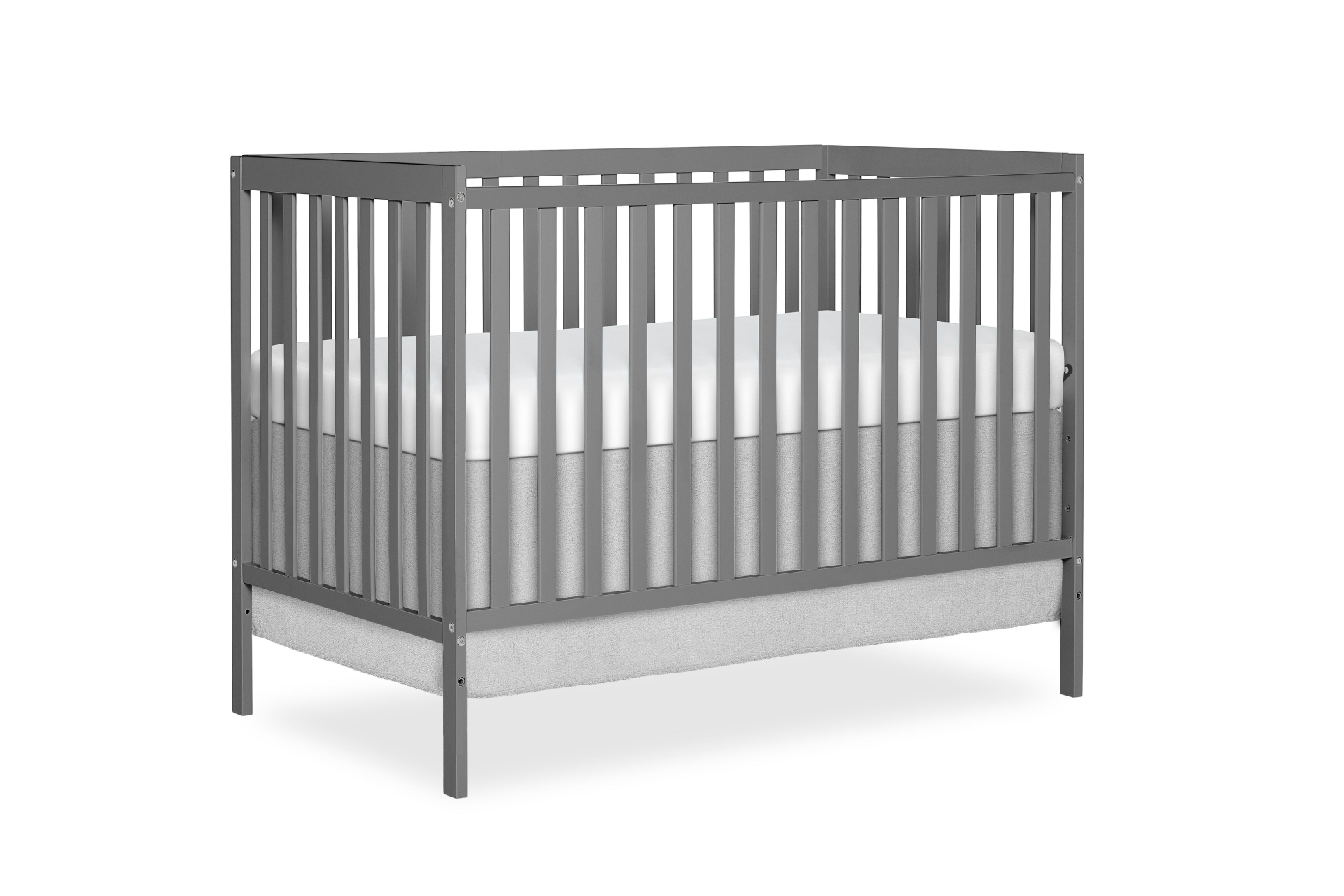
Product Featured: Dream On Me Synergy 5-in-1 Convertible Crib
2. No Drop-Side Rails
Drop-side cribs are illegal in the U.S. and extremely dangerous due to gaps forming between mattress and rail. Always choose stationary-sided cribs.
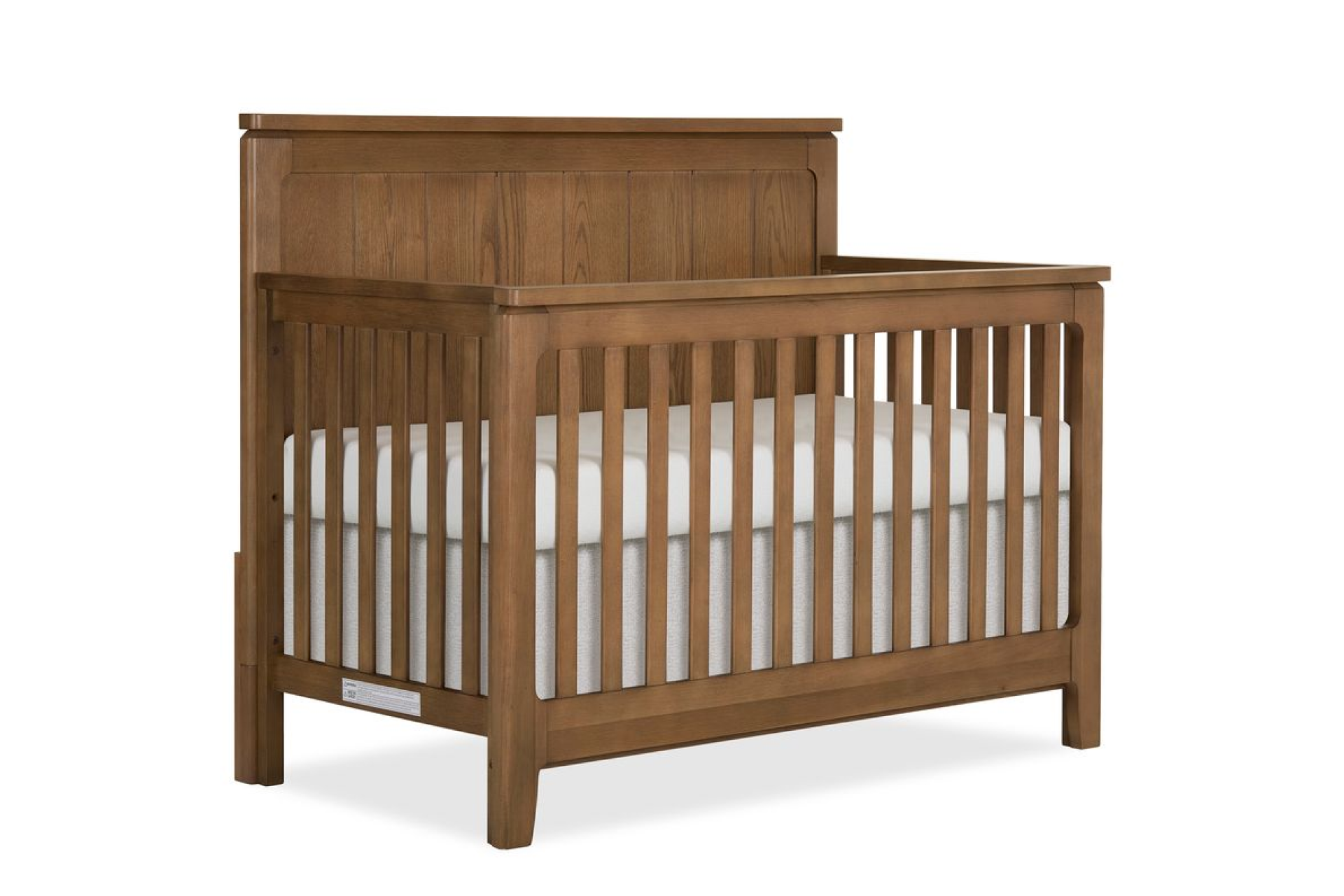
Product Featured: Evolur Oakley 5-in-1 Convertible Crib
3. Appropriate Slat Width
Slats must be no more than 2 3/8 inches (6 cm) apart, roughly the width of a soda can, to prevent entrapment.
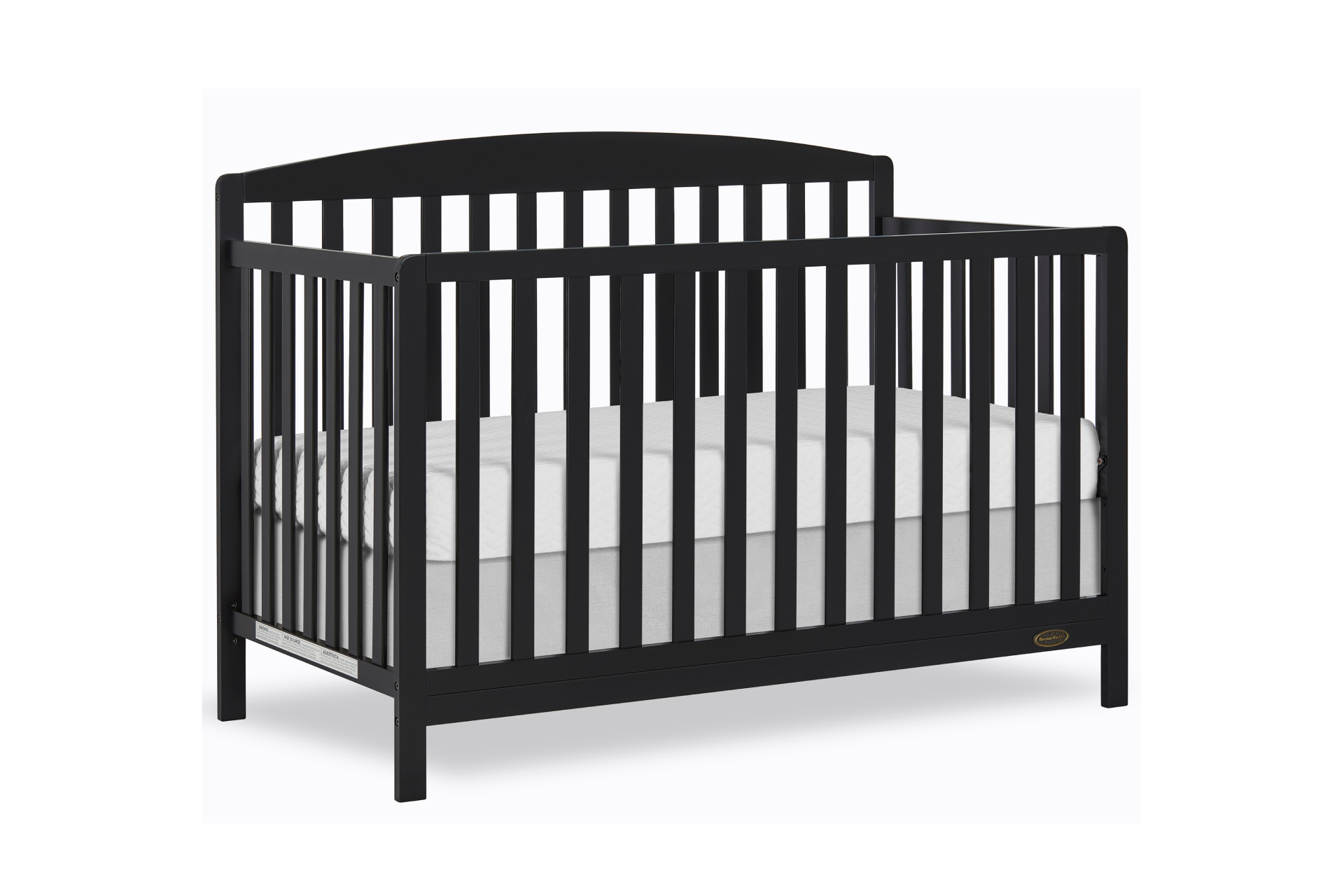
Product Featured: Dream On Me Odelle 5-in-1 Convertible Crib
4. Sturdy Construction & Hardware
Check screws and bolts regularly. A well-built crib ensures long-term safety as your baby becomes more mobile.
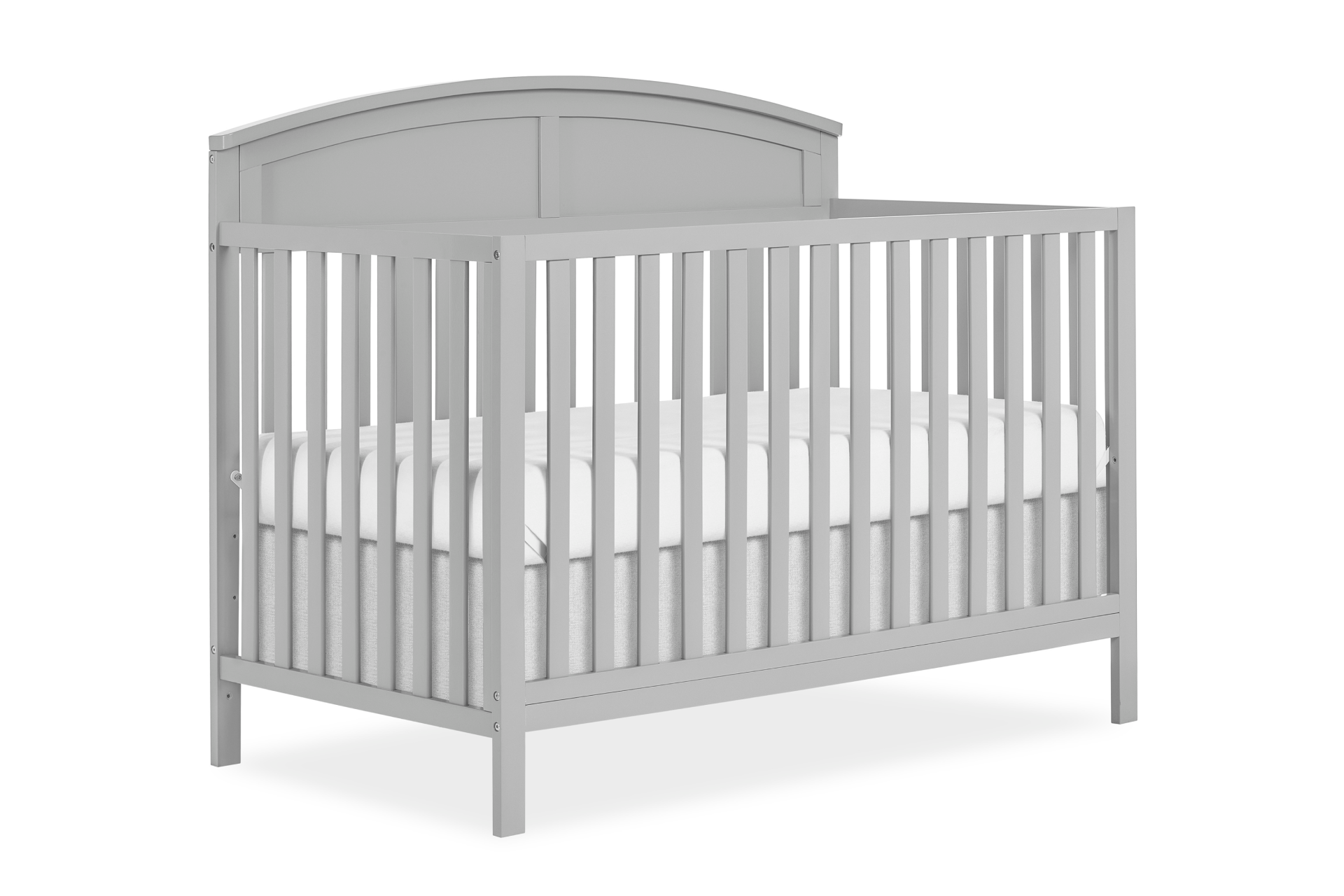
Product Featured: Dream On Me Storybrooke 5-in-1 Convertible Crib
5. No Headboard & Footboard Cutouts
Avoid decorative cutouts where your baby’s head, arms, or legs could get stuck. Choose cribs with solid designs.
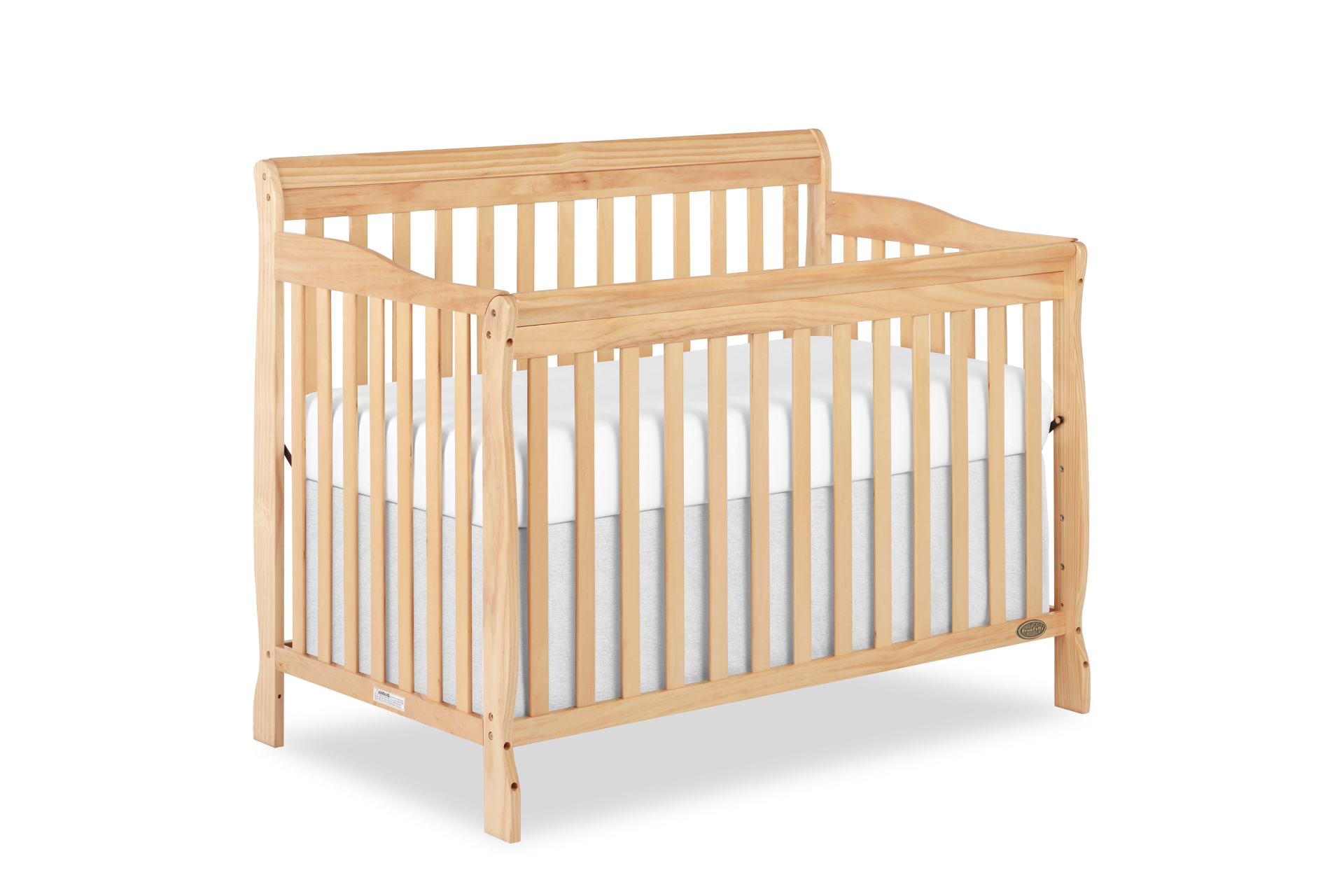
Product Featured : Dream On Me Ashton Convertible 5-in-1 Crib
6. Baby-Safe Non-Toxic Paint
Cribs must have lead-free paint to prevent poisoning when babies chew rails.
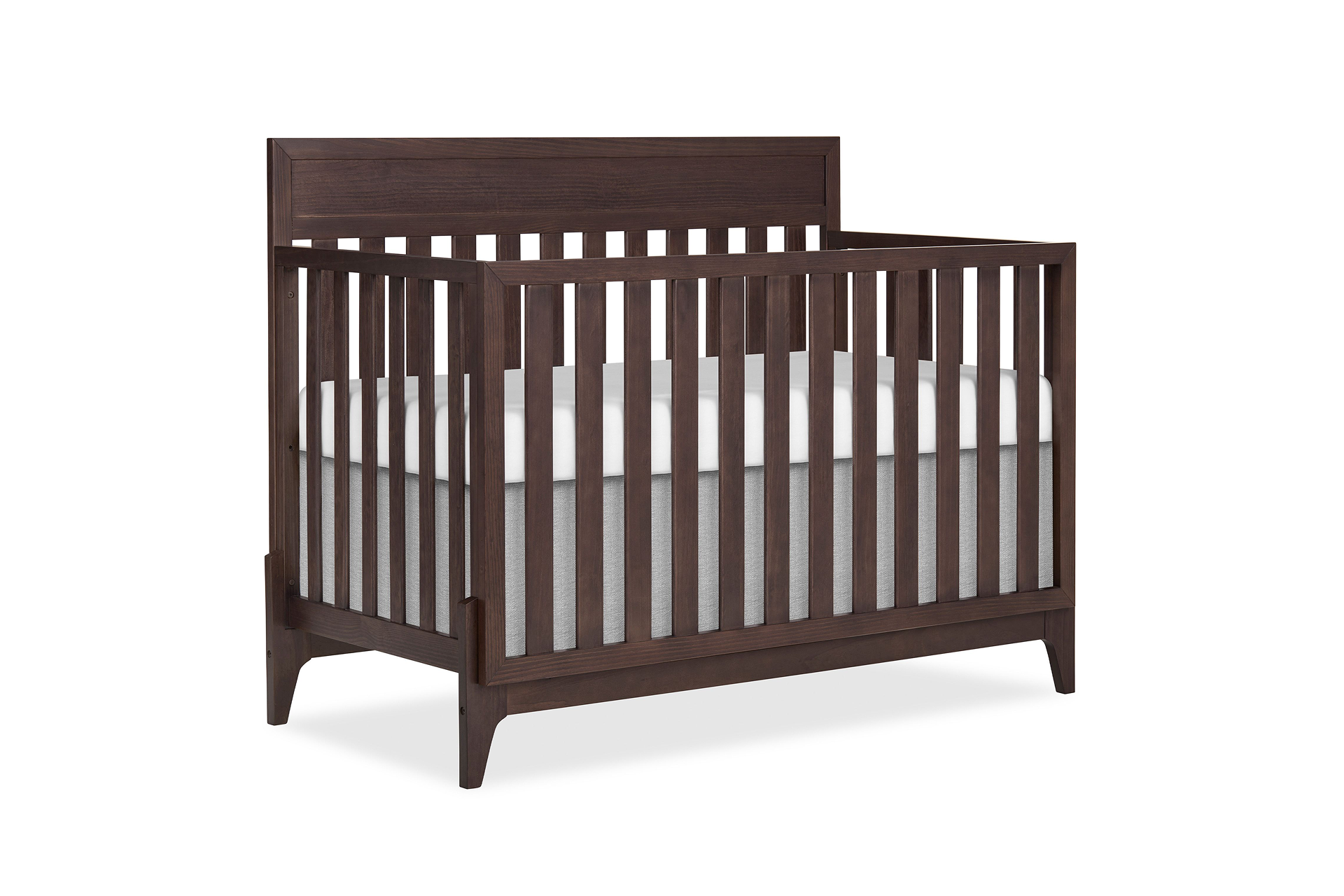
Product Featured : Evolur Atlas Convertible 5-in-1 Crib
7. No Sharp Edges or Corner Posts
Edges and posts must be smooth and safely designed. Posts over 16 inches are acceptable to avoid clothing entanglement.
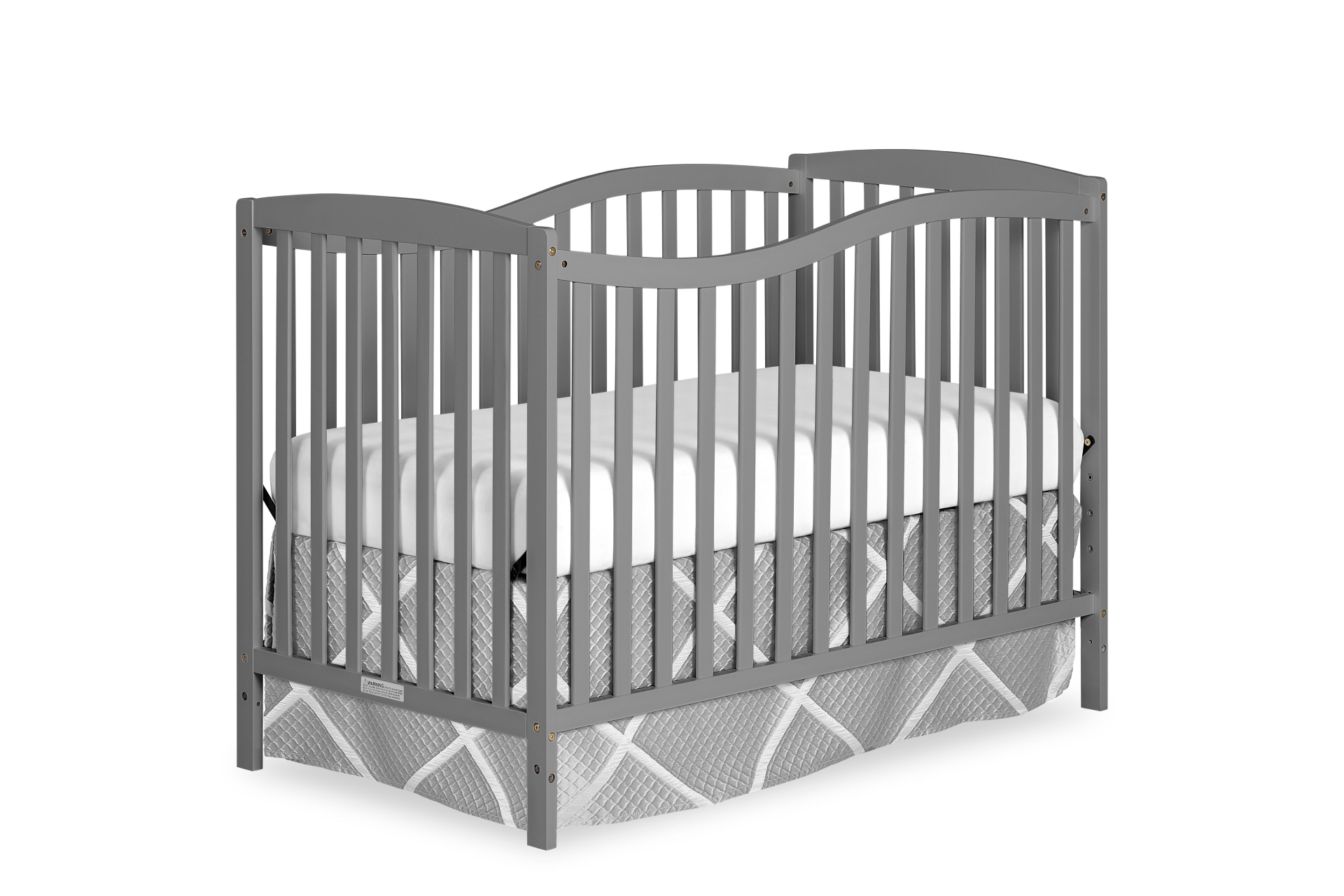
Product Featured : Dream On Me Chelsea Convertible 5-in-1 Crib
8.Three-Level Mattress Adjustability
Cribs should allow at least three mattress height settings to prevent falls as babies grow.
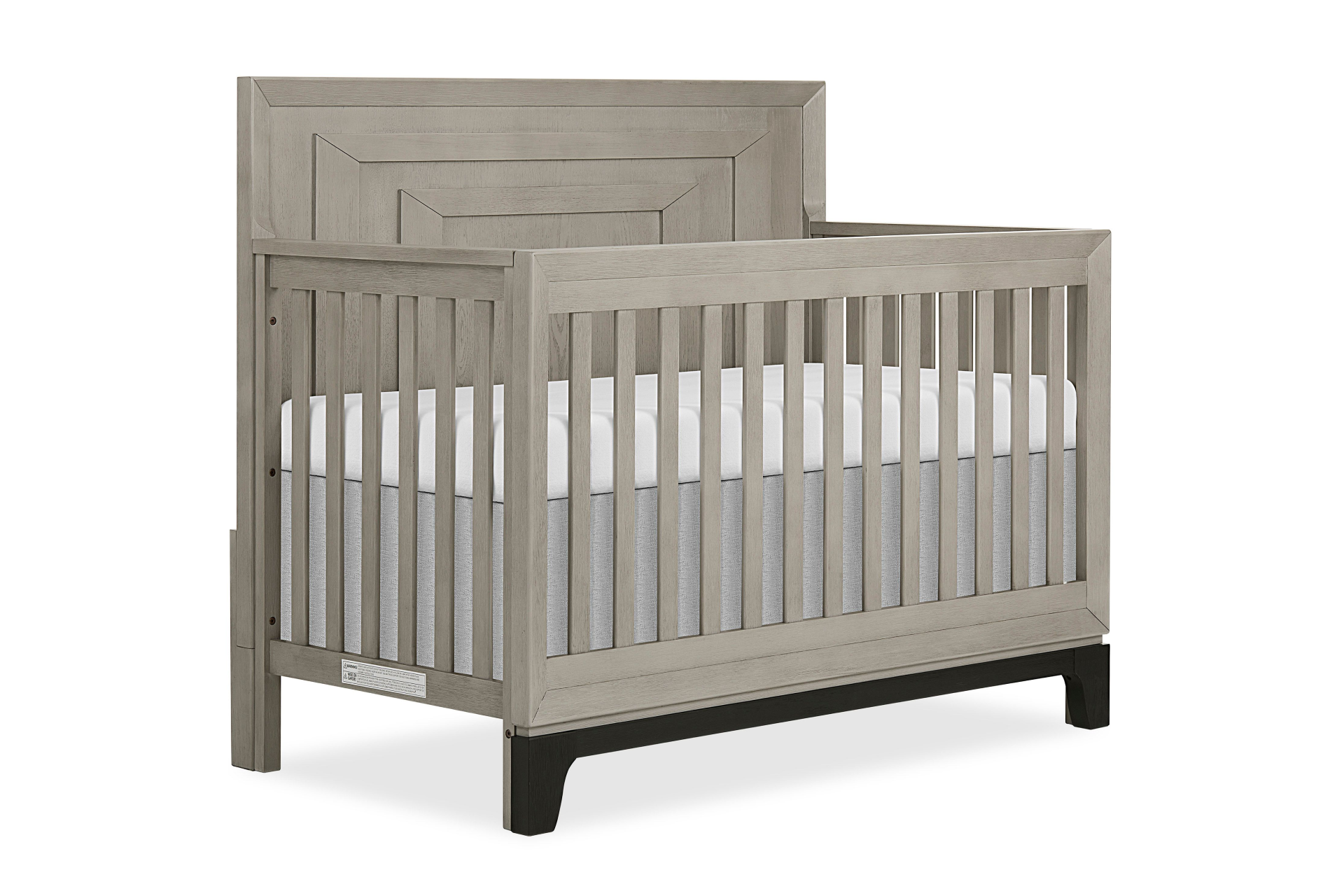
Product Featured : Evolur Remy 5-in-1 Convertible Crib
Essential Crib Safety Certifications
1. Consumer Product Safety Commission (CPSC)
All U.S. cribs must comply with CPSC safety regulations, ensuring structural durability and safety.
2. ASTM International
ASTM-certified cribs are tested for harmful chemicals in finishes, composites, and glue, a federal requirement.
3. BSA (formerly JPMA)
BSA certification confirms cribs meet or exceed federal and state safety standards, including ASTM requirements.
4. Greenguard Gold Certification
Indicates low VOC emissions, ensuring safer indoor air quality for your baby.
How to Ensure Your Crib Mattress Is Safe
Crib mattresses should meet federal regulations. Key points:
- Firmness: Soft mattresses increase the risk of SIDS.
- Breathability: Allows airflow to reduce suffocation risks.
- Size: Standard crib mattresses should be 27 ¼ x 51 ⅝ inches and ≤6 inches thick.
- Fit: No more than two fingers of gap between mattress and crib.
- Waterproof cover: Helps maintain hygiene and prevent mold.
Certifications to look for:
- Greenguard Gold
- BSA
- CertiPUR-US (for foam mattresses)
- Global Organic Textile Standard (GOTS) (for organic mattresses)
Safe Crib Placement & Sleep Practices
- Place the crib at least 1 foot from walls, windows, furniture, and cords.
- Always put your baby on their back to sleep.
- Keep the crib free of toys, pillows, blankets, and bumper pads.
- Consider wearable blankets instead of loose sheets.
- Read manufacturer instructions and test crib stability before use.
FAQs
1. Can I use an old crib?
Only if it meets current safety standards and is less than 10 years old.
2. Are all drop-side cribs unsafe?
Yes, avoid them completely.
3. How far should the crib be from the wall?
At least 1 foot from walls and furniture.
4. When should you transition a toddler out of the crib?
Usually around 3 years old or 35 inches tall. Convertible cribs make this easier.
Wrapping Up
Choose a CPSC-compliant, BSA-certified crib with stationary sides. Prioritize simple, standard-sized designs over luxury features. Always follow safe assembly, placement, and sleep practices for maximum safety.
By combining the right crib and mattress certifications with careful sleep routines, you ensure your baby sleeps safely and comfortably every night. Explore Ever & Ever’s complete range of thoughtfully designed convertible cribs from Dream On Me & Evolur now!
Shop CribsSuggested For You
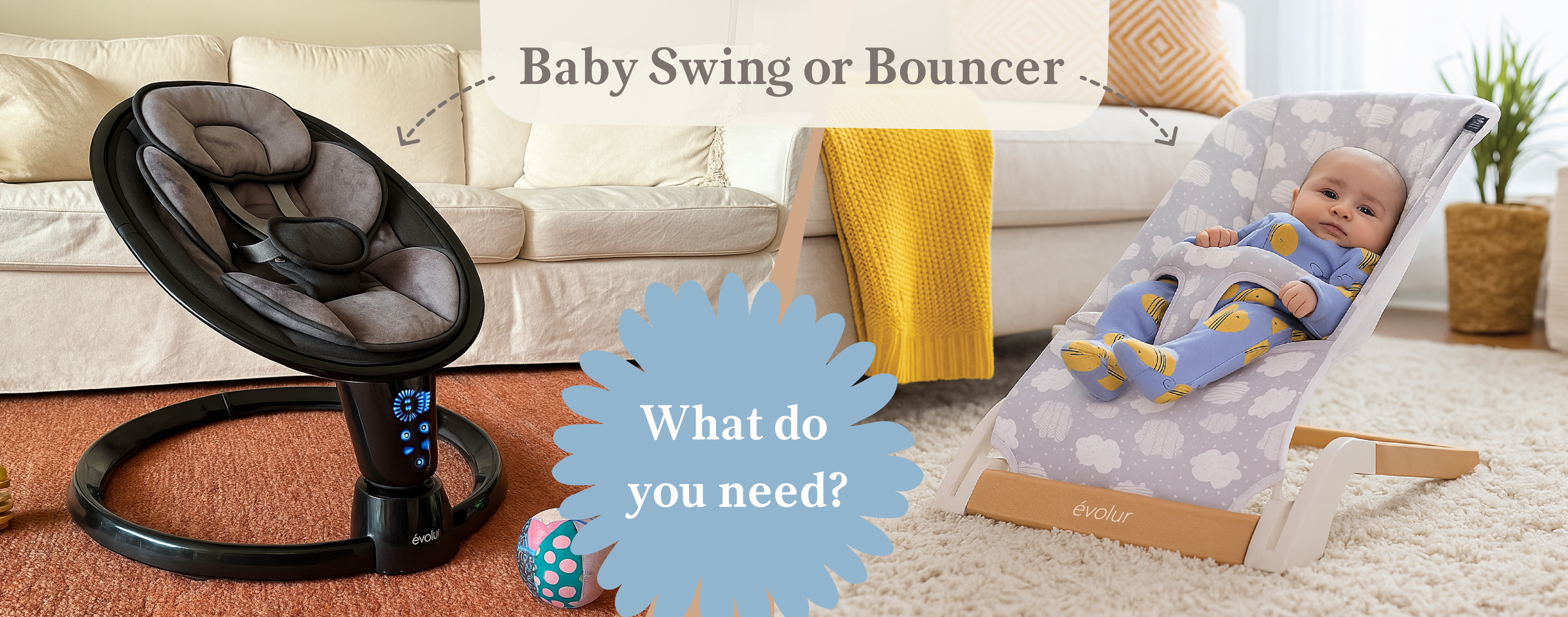
Baby Swing or Bouncer – What Do You Need?
Deciding between a baby swing or bouncer can be tricky. Our guide helps you choose the right option based on your baby’s needs. Both provide soothing motions, but each offers unique benefits. We break down the pros, cons, and key features to ensure you make the best choice.
Read more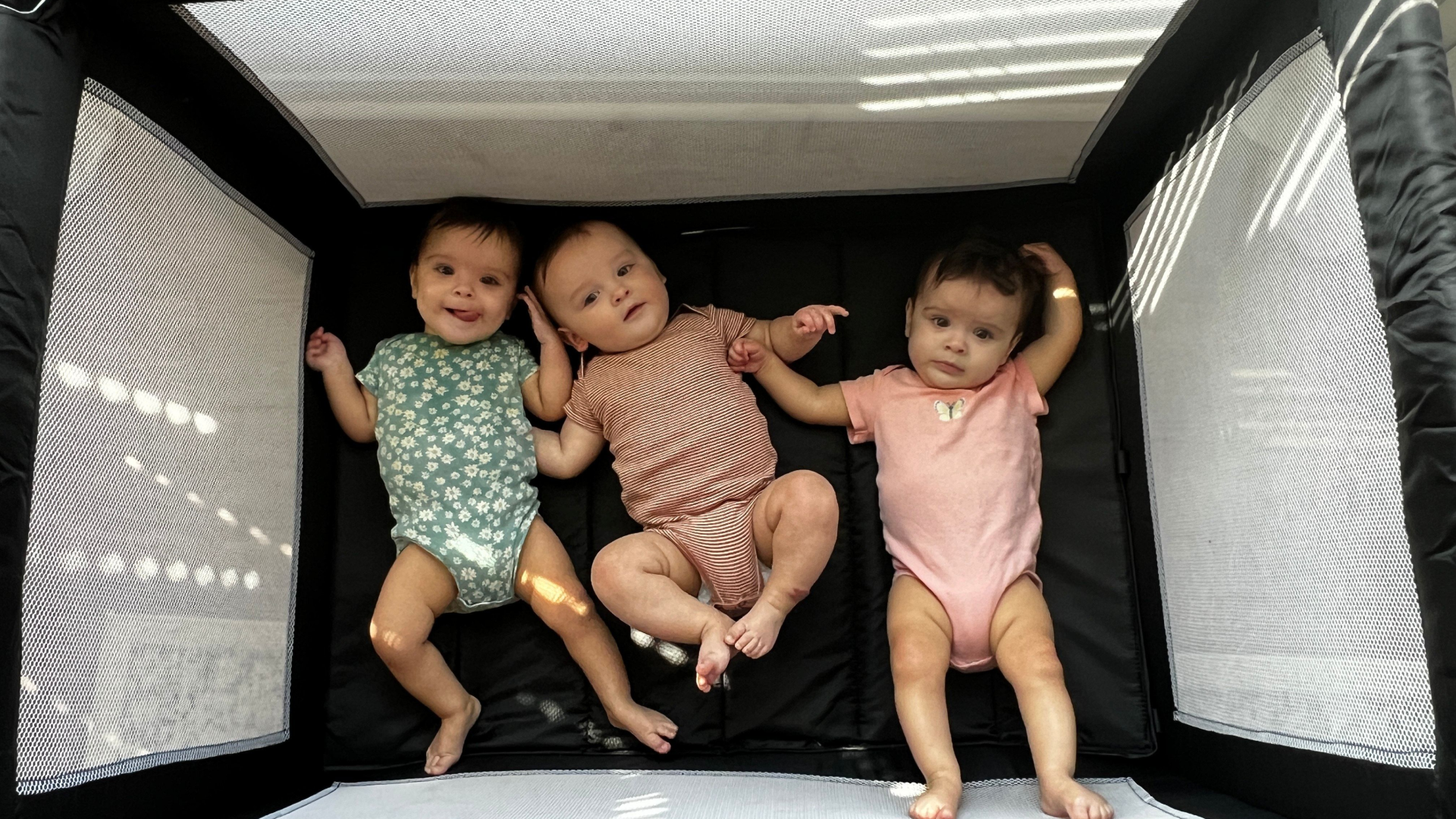
What Is a Pack n Play Used For?
A Pack n Play is an incredibly versatile baby gear. Whether used for sleep, play, or travel, this compact piece of equipment ensures your baby has a safe and comfortable environment. Learn the many uses of a Pack n Play and why it’s a must-have for modern parents.
Read more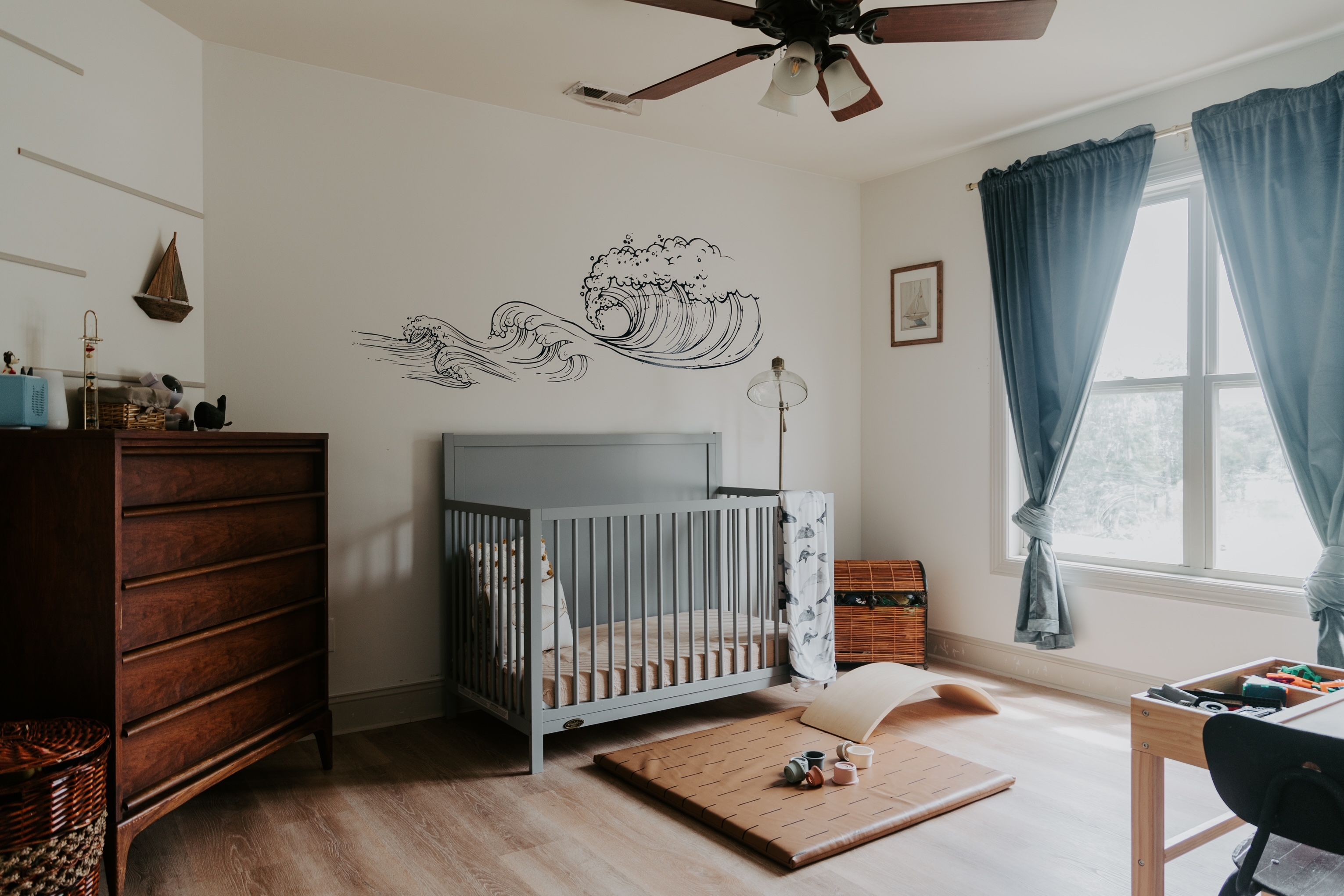
When to Start Setting Up a Nursery – Complete Guide
Setting up your baby’s nursery is a milestone, but timing is everything. Our guide outlines the ideal timeline for nursery setup, including when to start, essential items to consider, and tips for designing a peaceful space. Ensure everything is ready for your baby’s arrival, with a worry-free plan.
Read more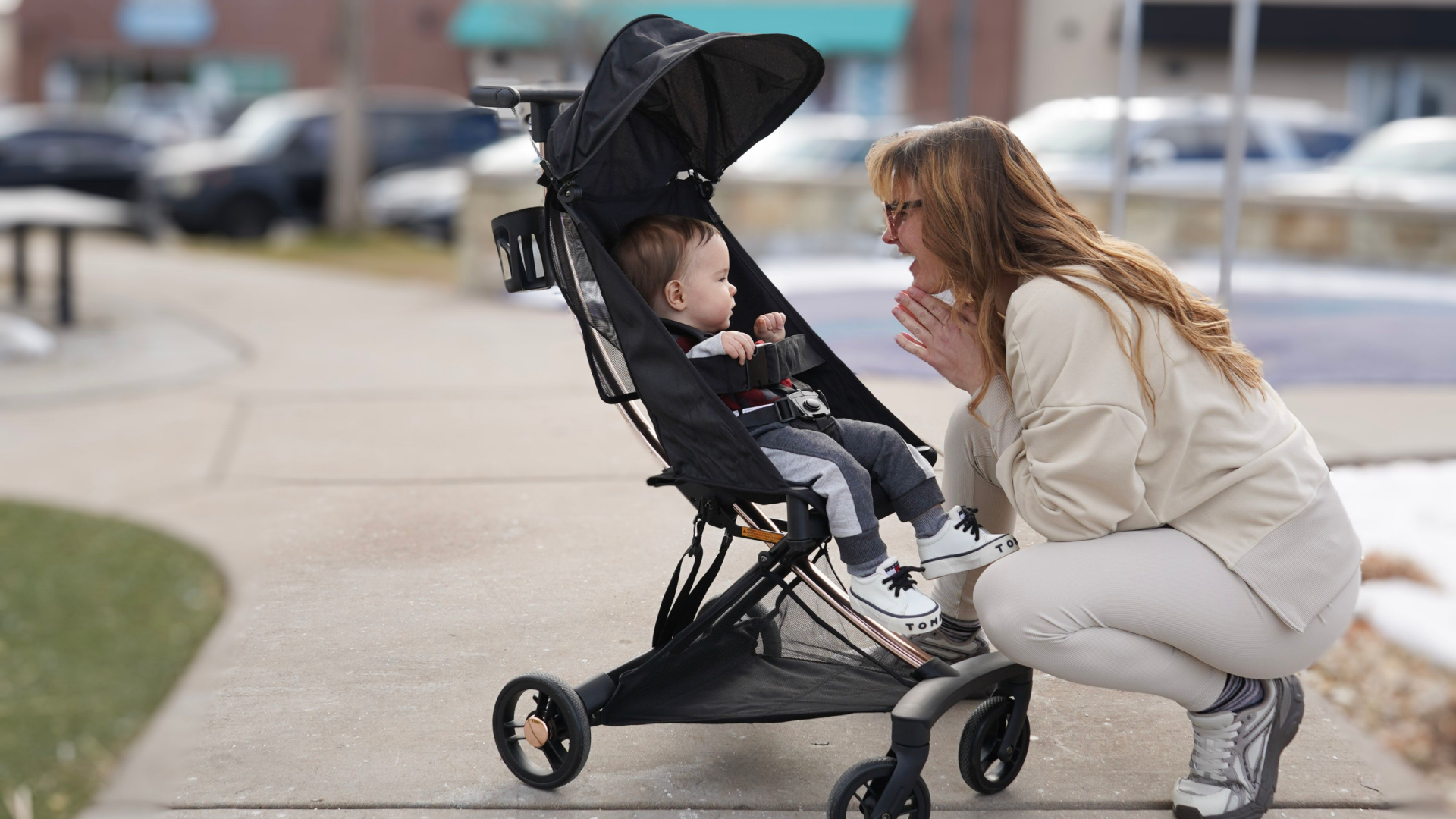
Types of Strollers & How to Choose the Right One
Finding the right stroller is key for parents on the go. This guide covers the different types of strollers and their features, helping you choose the best one for your lifestyle. Whether it’s a travel system, jogger, or lightweight model, we make selecting the perfect stroller simple and stress-free.
Read more
Is Co-Sleeping Safe For Infants? – Complete Guide for Parents
Room-sharing with your baby can be safe and convenient with the right co-sleeper. Learn all about what to look for in a bedside sleeper. Discover top Dream On Me and Evolur bassinets from Ever & Ever, along with some handy tips for safe nighttime care, and how to create a cozy nursery environment.
Read moreHandpicked Just for You
(-30%)
4.8/5 (10)
(-30%)
4.8/5 (5)
More options























































































































































































